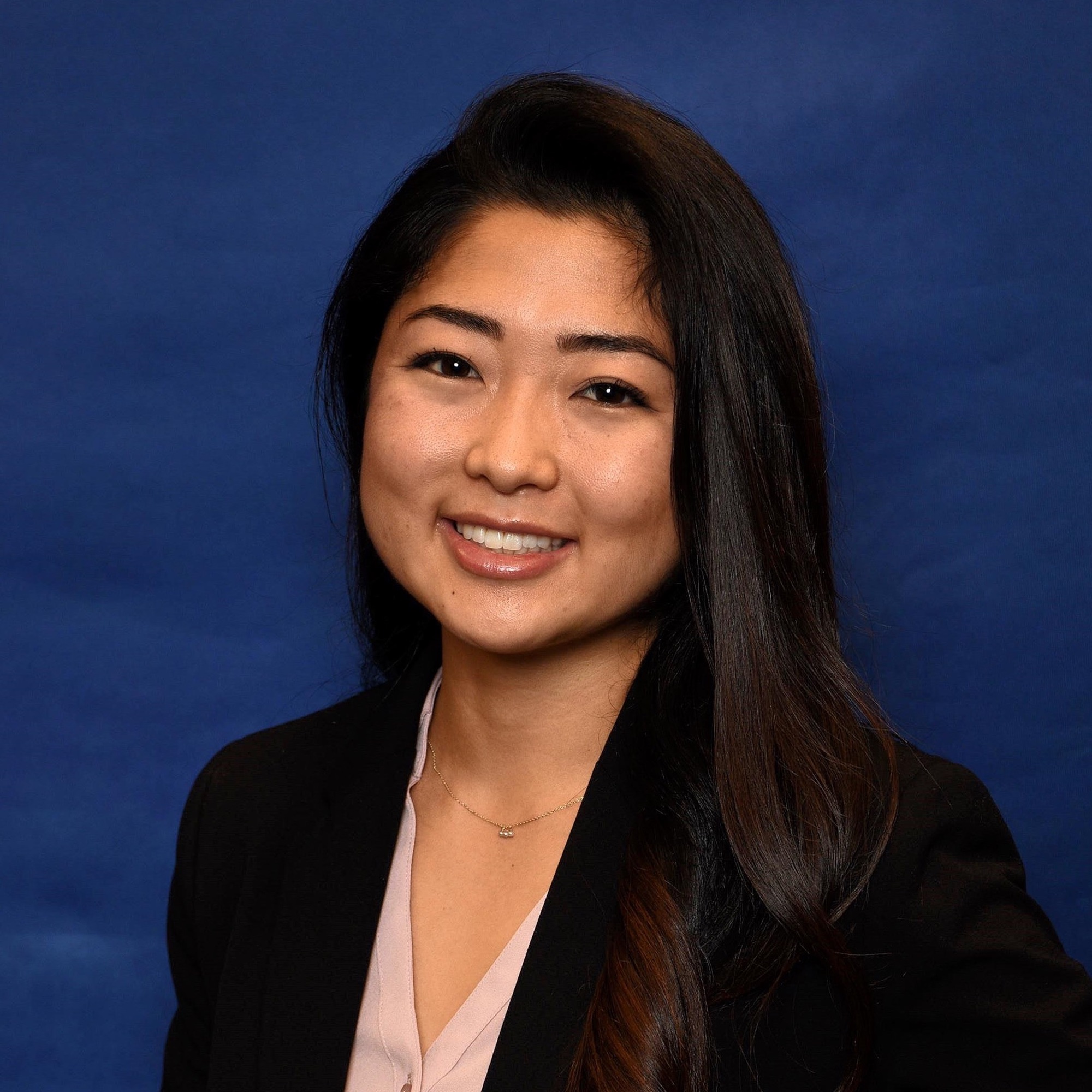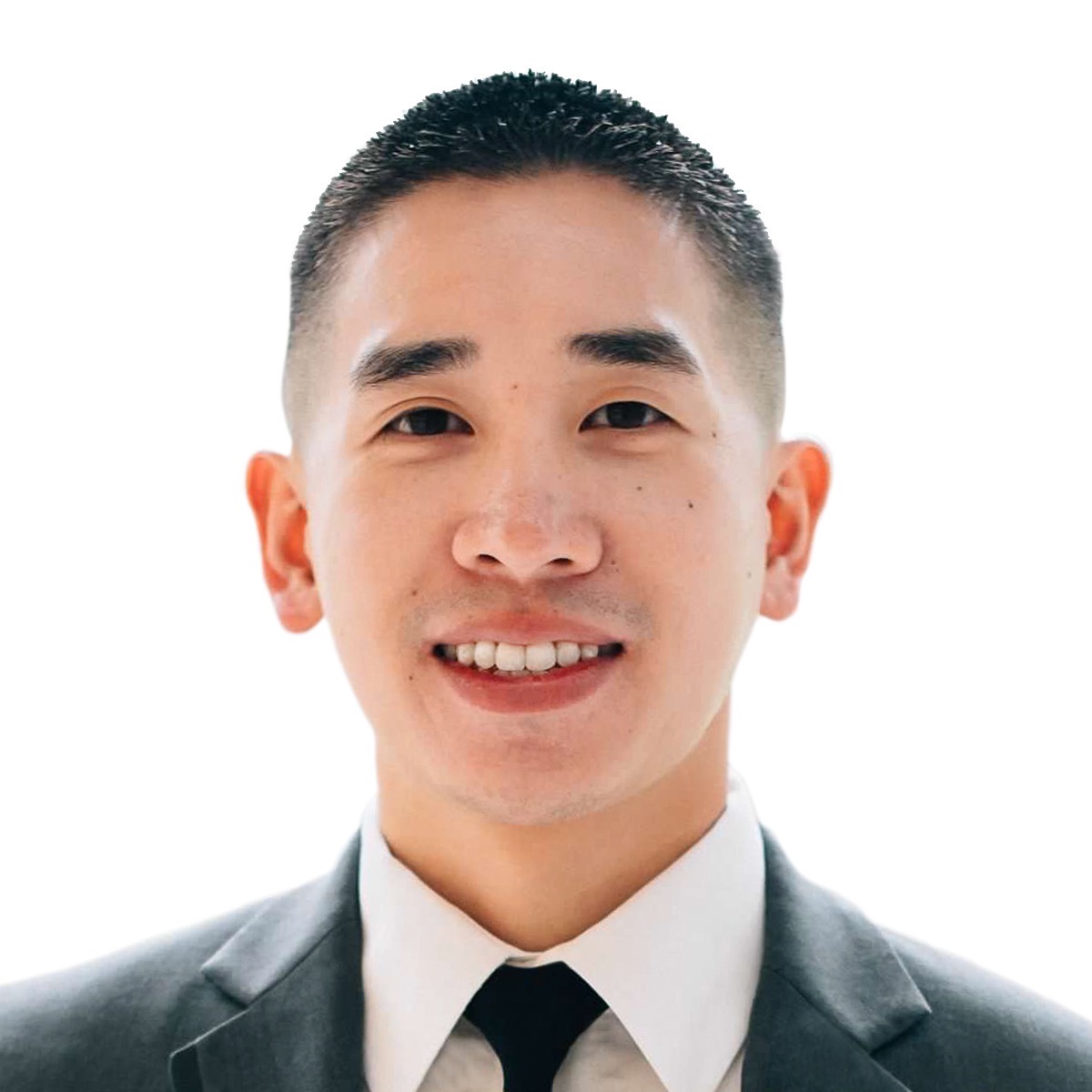Back
(TC18) Safe and Efficient Techniques to Remove a Separated Instrument: Photo and Video Demonstration
Thursday, May 4, 2023
1:00 PM – 4:00 PM CT

Megan K. Yamaguchi, D.D.S.
Resident
Texas A&M University Baylor College of Dentistry
Wahiawa, Hawaii, United States
Alexander Huynh, D.D.S., M.S.
Endodontic Resident
Texas A&M University Baylor College of Dentistry
Dallas, Texas, United States
Co-Presenter(s)
Separated instruments may adversely affect the outcome of endodontic treatment by preventing adequate cleaning, shaping, and obturation. Possible challenges a clinician may face while removing a separated instrument include: limited vision, excessive removal of tooth structure, perforation, or ledging of the canal. The purpose of this table clinic is to demonstrate four conservative techniques that can aid a clinician in removing a separated instrument: Basic Object Acquisition (BOA); Instrument Removal System (IRS); composite technique; and laser-activated irrigation. The Basic Object Acquisition (BOA) technique involves creating a window in the side of an endodontic syringe with a metal cutting bur and inserting a hand file into the window, wedging the separated instrument. Second, the Instrument Removal System (IRS, San Diego Swiss Machining, CA) involves exposing the separated instrument, threading it through a microtube, engaging a wedge, and lifting the apparatus. Third, the composite technique involves fitting a microtube over a separated instrument. Flowable dual-cure composite is placed in the open end of the microtube, the composite cures and forms a tight grip on the separated instrument. Fourth, laser-activated irrigation with Waterlase iPlus (Biolase Inc., CA) utilizes a Er,Cr:YSGG laser to create cavitation energy and hydrodynamic forces to deliver a separated instrument. The techniques will be presented with high-resolution photography and video demonstrations. With knowledge of these techniques, the clinician will be able to safely and efficiently remove a separated instrument, regain access to the blocked portion of a canal, and increase the overall success of endodontic treatment
